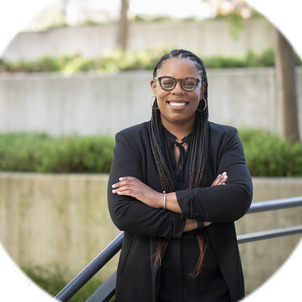Drawing on this experience, I started to think, “How can I use the skills I currently have to improve the quality of life for people who are sick?” This question led me to pursue my current work at the intersection of engineering and health.
I applied and decided to come to Stanford because I’d heard that a program called ChEM-H was just getting off the ground. ChEM-H, or Chemistry, Engineering & Medicine for Human Health, essentially brings together faculty from across the university to work on research related to human health – an area where I had a growing passion to do research. When I arrived, one of my rotations was in Ovi Chaudhuri’s lab in the mechanical engineering department. I was immediately captivated by his team’s work and am delighted to now be a part of it.
Our research aims to uncover the chemical mechanisms underlying cancer, which could expand therapeutic options for people with the disease. Cancer remains one of the leading causes of death in the U.S. and globally, and cancers pose the greatest threat when they spread. In fact, 90 percent of cancer deaths are the result of metastasis, and we want to change that. In my research I’m working to better understand how cancer cells move. One school of thought says if cancer cells are in an environment where they’re unable to move, for example, in the sacs that surround organs, they can release chemicals and just blast their way through. But recent research suggests this may not be the entire picture and that’s really interesting. There’s new evidence that cancer cells can also push and pull on the tissues around them and use that as a way to move and metastasize. If we could really understand how cancer spreads, we could stop it in its tracks, improve the quality of life for cancer patients and expand the therapeutic options available.
I think the reason I got into this research and the reason I continue is because I enjoy helping people. Looking back on that experience in college and my decision to come to Stanford, I can definitely say that helping people became the why in my life and chemical engineering has become the how.
Related spotlights

Lara Weed

Sebastian Fernández

